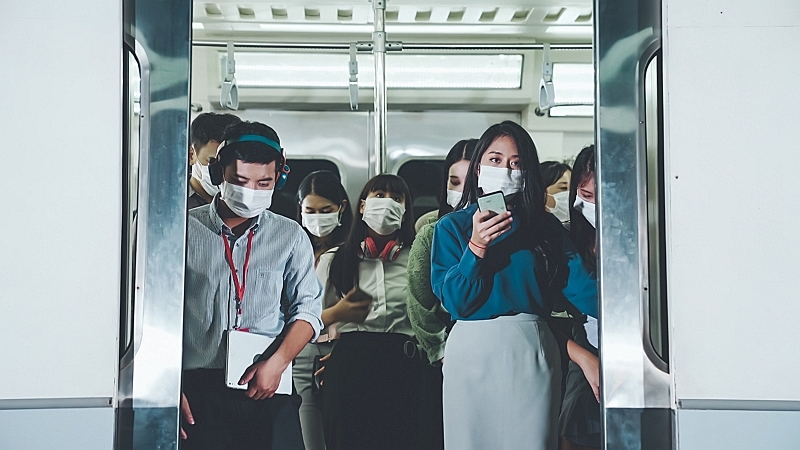
The Japanese government accepted the second five-years traffic policy basic plan by FY2025, focusing on three basic policies: to maintain and develop traffic networks for anyone to move comfortably and easily in daily life, to develop traffic with high-function and high-productivity for economic growth and to realize sustainable and clean traffic with thorough safety and security.
One of the notable policies is to discuss introduction of dynamic (flexible) pricing for railway in response to possible change of working style after the end of the ongoing pandemic. The government expects that flexible pricing may help easing congestion in a commuting time zone in urban areas.
The dynamic pricing has already been introduced in the airline industry. Kazuyoshi Akaba, Minister of Land, Infrastructure, Transport and Tourism, said at a news conference, “It is necessary to study the dynamic pricing for railway carefully because it may have a big impact on many users.”
The five-years plan contains environment developments for leisure and business travelers as one of the concrete goals. Toward the governmental goal of 60 million foreign visitors by 2030, the government aims to achieve 100% of public Wi-Fi and multi-languages on public transportations.
In addition, the government has goals to increase local cities for international flights from 121 in 2019 to 130 in 2025 and local governments or organizations addressing new mobility services from 136 in 2020 to 500 in 2025.




